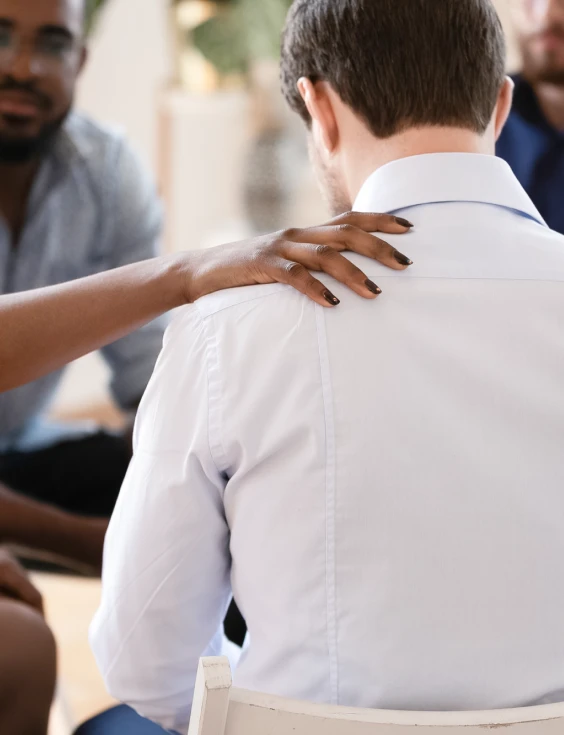Why Do I Have Bruises After Drinking? Causes & Insights
What Does M And MM Mean In Accounting?
July 27, 2021Вакансии компании xCritical Software
August 13, 2021While alcohol itself doesn’t directly cause bruises, excessive alcohol consumption can lead to injuries that result in bruising. Alcohol can impair coordination, balance, and judgment, making individuals more prone to accidents and falls that can cause bruises. Bruises are a common occurrence that results from an injury or trauma to the skin, causing discoloration due to blood vessels breaking under the skin. Many factors can contribute to the development of bruises, including age, medications, and genetics. One common question that arises is whether alcohol consumption can cause bruising.
Reasons for Bruises After Drinking
They may have such alcohol and bruising a high tolerance that they do not show any overt signs of intoxication, despite drinking large amounts. Being more mindful when drinking, using protective strategies, addressing nutritional deficiencies, and treating medical conditions can all help reduce bruising. So in summary, alcohol both increases your risk of trauma while also impacting the body’s ability to prevent and recover from injury. Recognizing the signs of alcoholism is the first step toward recovery. If you’re struggling to control your drinking or are worried about the health effects, reach out for professional help.
Effects of Alcohol on Blood Vessels

Depending on the severity and type of hemophilia, bleeding may occur spontaneously (without injury) or after trauma or surgery. If alcohol begins to interfere with daily functioning, but you have been unsuccessful with giving up drinking, seeking treatment can help you to stay committed to recovery. In conclusion, alcohol consumption can indeed contribute to bruising by thinning the blood and making blood vessels more susceptible to rupture. Individuals who consume alcohol should be aware of this risk and take steps to reduce it, such as limiting alcohol intake, staying hydrated, and maintaining a balanced diet. If you experience excessive or unexplained bruising, it’s essential to consult a healthcare professional to rule out any underlying health issues Sober living home and address any concerns promptly. If you’re concerned about alcohol-induced bruising, there are steps you can take to reduce your risk.
Changes in your skin
Meanwhile, binge drinking focuses more on how quickly and how much you drink in one sitting. The CDC defines binge drinking as drinking that brings your blood alcohol concentration (BAC) to 0.08% or more. This is usually achieved if you consume five or more standard drinks on a single occasion for men or four or more drinks on a single occasion for women. In this guide, we’ll explore 15 short and long-term signs that you’re drinking too much, including symptoms that don’t necessarily involve a hangover. Experts suggest that males restrict themselves to two drinks per day, while women limit themselves to one drink per day. My compassion, resilience, empathy, wisdom, knowledge, experience and love I have for this forgotten population goes beyond words.
Bleeding continues longer after an injury because the blood cannot clotted properly. Alcohol impairs coordination, weakens blood vessels, and affects the liver’s ability to produce clotting https://www.masajesmahon.com/10-reasons-why-alcohol-ruins-relationships/ factors. These combined effects increase the likelihood of bruising after drinking alcohol. If you notice that you bruise easily after one night of drinking, it may not indicate anything serious. But if you bruise more easily all the time after chronic heavy drinking, it may be a sign of significant health concern. Genetic conditions that cause you to bruise easily are often diagnosed with blood tests.
I am a licensed social worker.In my scope of practice I have worked in the areas of mental health and recovery for thirty years. The clients I have worked with in my career have ranged in age from seven to seventy. Bill Zimmerman is a Greater Cincinnati Area native who has worked in substance use disorder/co-occurring mental health disorder treatment since 2018. Bill received his (Chemical Dependency Counselor Assistant) license from the Ohio Chemical Dependency Professionals Board in 2020.
Preventing Alcohol-Induced Bruising

Additionally, research has shown that alcohol may alter the composition of helpful microorganisms in your gut. These organisms play a crucial role in your gut and immune system function. Because alcohol is a potent diuretic, it can quickly dehydrate you, leading to the characteristic symptoms of a hangover, including a throbbing headache. Research reviews have also listed alcohol as a culprit for triggering migraine attacks.
- Alcohol affects your brain in multiple ways that make you more accident-prone.
- However, giving up alcohol right away isn’t sustainable or desirable for most people.
- Hemophilia is a rare genetic bleeding disorder that causes the body to be unable to produce one of the specific clotting factors crucial for clotting.
- When you drink so much that your liver cannot keep up with the amount you’re drinking, intoxication can take hold.
- It may cause dehydration and interfere with your body’s natural capacity to coagulate blood, resulting in skin damage and bruising.
Ativan vs Xanax: Differences, Effects & Anxiety Relief
Bruises that take a long time to heal or getting bruised for no apparent cause could be signs of a bleeding disorder. If your bruise doesn’t improve within two weeks, or if you start to notice frequent, unexplained bruises—whether you’re drunk or sober—call your doctor. And when the blood vessels underneath your skin break, it causes blood to leak out. Learn about how beta blockers and ADHD stimulant medications work and the potential risks and benefits of using these two drug classes together under medical supervision…. While not inevitable, alcohol-related bruising and injury can be better prevented with education, risk reduction strategies, and basic safety precautions.
Avoid Risky Activities
It may cause dehydration and interfere with your body’s natural capacity to coagulate blood, resulting in skin damage and bruising. Even moderate alcohol consumption can contribute to bruising, although heavy drinkers may be at a higher risk due to more significant impacts on blood clotting and vitamin deficiencies. Yes, alcohol can affect your blood clotting by thinning the blood and reducing the ability of platelets to clump together, which can lead to easier bruising and bleeding. Alcohol and unexplained bruising could point to liver damage from drinking.
